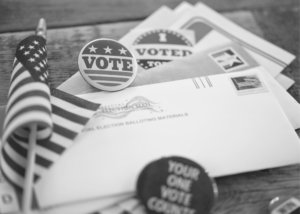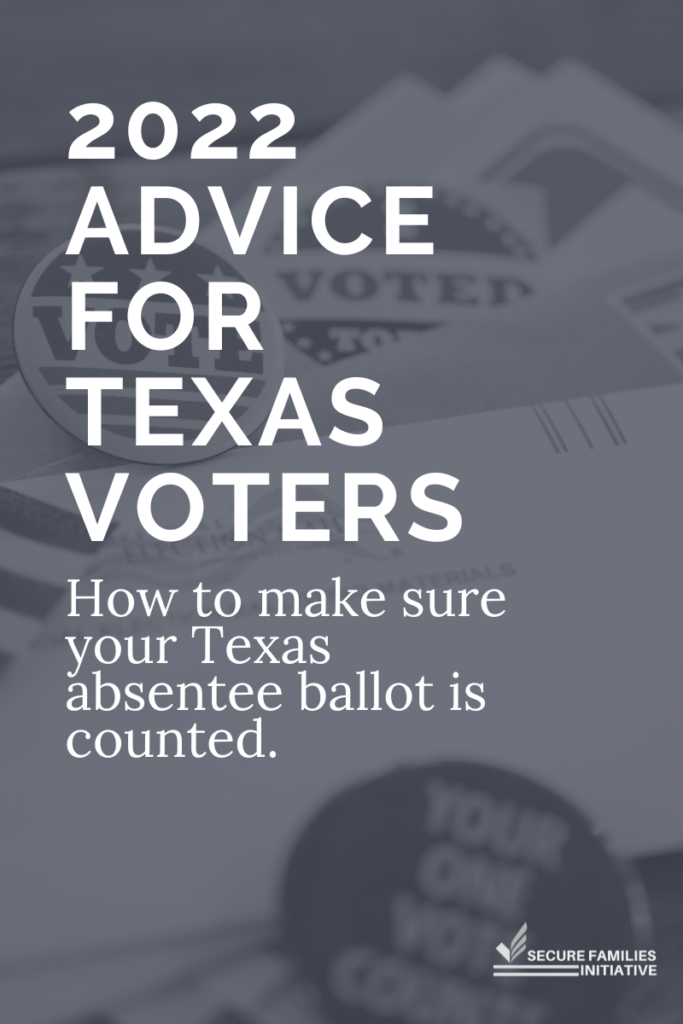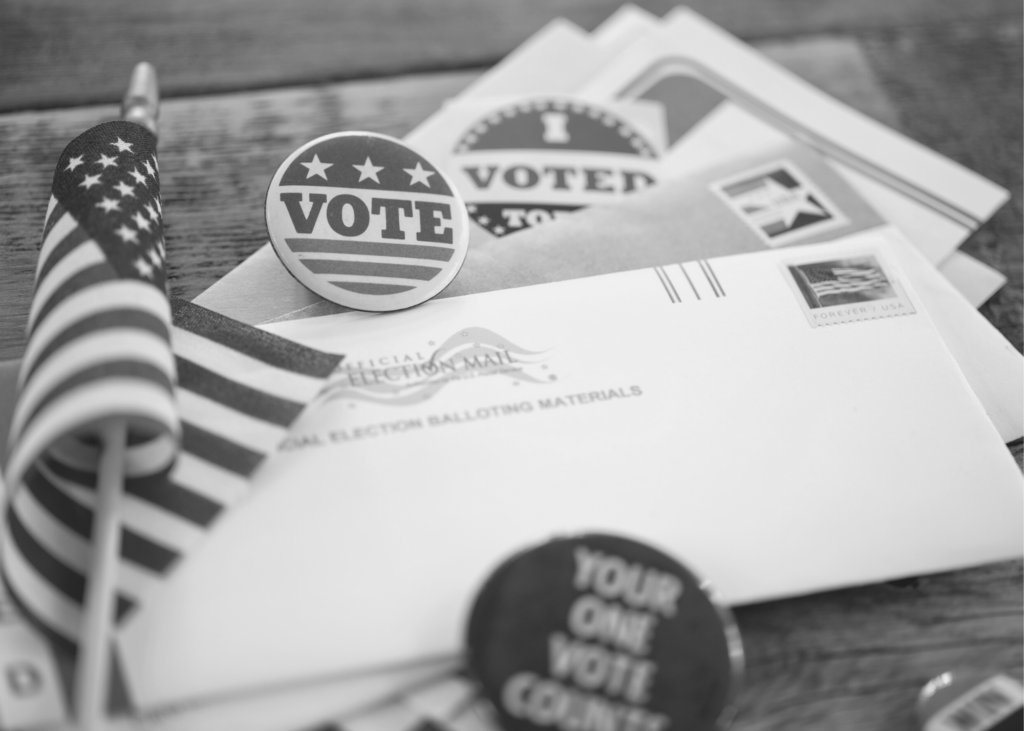In September 2021, Texas legislature passed “Senate Bill 1,” a new election law that has and will continue to impact absentee voters, including military voters.
Given Texas’s high number of absentee military and overseas voters (65,000 in 2020!) we think it’s appropriate to take a moment, dig into the new state law, and coach absentee Texas voters through the specifics.
New Texas Voter ID Match

The biggest upshot of the new Texas election law for absentee voters is the new identification requirement.
When voters vote by mail, they have to provide a copy of their identification – like a driver’s license or a Social Security Number. Before this law, a voter could use any eligible form of identification when they cast their ballot. Now, a voter has to use the same exact form of identification that they originally provided when they registered to vote (even if that was a long time ago).
For example, if you registered to vote in Texas using your state-issued driver’s license in 2008, you must use the same state-issued driver’s license to request a vote-by-mail ballot now in 2022. If you provide a different identification instead – like, say, your Social Security Number – your ballot will get rejected. So even if it’s a valid form of identifying yourself, what matters most is that it matches what’s on file.
Negative Impact of New Texas Voter Law – So Far
Texas’s 2022 Primary Election took place on March 1, and it was the first election governed by this new law. Reporting indicates this law has already resulted in record-high ballot rejection rates.
With this in mind, it is of utmost importance that any Texas military voter who plans to vote absentee this fall take steps to prevent their ballot from getting rejected.
Our Advice for Texas Absentee Voters
Here are four steps that we suggest you take to protect your vote in Texas:
1. Update your voter registration online in advance
If you registered to vote a long time ago, you may not remember which form of identification you originally provided. That’s ok, you’re not stuck! You can always update your voter registration profile with the most up-to-date form of identification you plan to use this fall. You can either sign in to your voter profile online, or you can mail in a fresh Federal Post Card Application (FPCA).
2. Provide as many forms of identification as possible
Texas law requires that a voter must provide either their driver’s license, election identification certificate, or personal ID card number if they have one of those. If you don’t have any of these, then you can rely on your Social Security Number (if you have one) to be your sole form of identification on file.
That said, if you have multiple forms of identification available to you, it doesn’t hurt to provide all of them together whenever you submit a voter form. That goes for updating your voter registration profile, filling out your FPCA, AND returning your final ballot. This way you make sure that you’ve provided all the identification options.
3. VOTE EARLY!
Once you receive your absentee ballot, make sure you fill it out and send it back as soon as possible. Then, if your election official catches a problem, they will have as much time as possible to alert you so you can fix it.
Important Note: Election officials may, but are not required to, contact voters when their ballot gets rejected. So…
4. Follow up
Just because you sent in your ballot and didn’t hear back doesn’t mean all is done! Don’t be shy about tracking your ballot online or calling your county’s election official to confirm.
If your ballot has been rejected, you have options. If you happen to be located in Texas at the time, you can switch to voting in person, or go to the clerk’s office within six days of the election to fix the problem. If you’re located somewhere else, then you can submit a corrected signature sheet by email, fax, personal delivery, or mail. This is often referred to as “ballot curing.”
We hope this article has been useful and helps to make sure your vote is counted! As always, if you need additional help, don’t hesitate to contact us.


